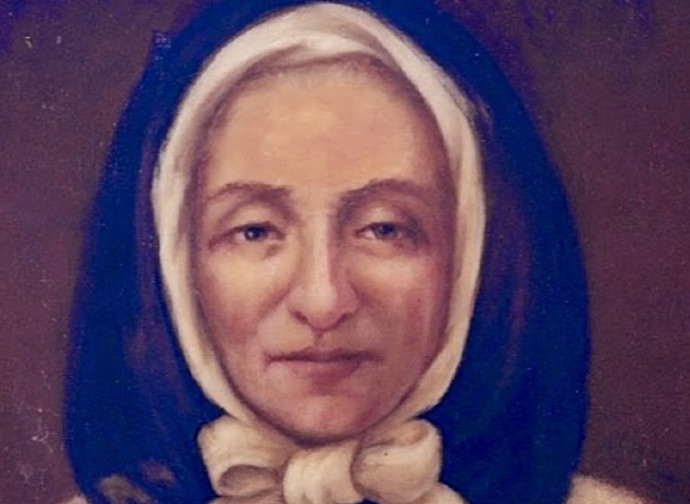Saint Margaret Bourgeoys
She carried out her apostolate in Canada. She and her disciples cared for the daughters of both the French colonists and the natives, all precious “drops of Our Lord's blood”

The story of Marguerite Bourgeoys (1620-1700) is a cross-section of the Catholic hallmark (nowadays repudiated by secularism) that the missionaries left behind them in Canada and in particular in the Quebec region, where the saint carried out her apostolate.
The sixth of 12 children, she was born on 17 April in the French city of Troyes and baptised on the same day. She soon manifested the vocation that would mark her life: “From my earliest youth, the Lord had given me a particular inclination to gather together young girls of my own age”. With her friends she would gather to pray, play, sew and assist poor families in educating their children. She lost her mother at the age of 19. A few months later came the event that she would call her “conversion”: on 7 October 1640, during the procession in honour of the Blessed Virgin Mary of the Rosary, her eyes fixed on the statue of Mary, who appeared so beautiful and alive that she touched her soul.
After a vain attempt to be admitted as a Carmelite, she joined the Congregation of Notre-Dame founded at the end of the 16th century by Blessed Alix Le Clerc. She lived those years in contemplation and devotion to God and helping the needy. On Assumption Day 1650 she had another heavenly manifestation: while she was adoring the Blessed Sacrament on her knees, she saw the Child Jesus appear, smiling. Two years later, she met the French governor Paul Chomedey (the encounter had been heralded by a dream vision of St Francis), who had founded Ville-Marie, present-day Montreal, with a group of religious and priests. The governor, “as pious as a monk”, invited Margaret to follow him to Canada. With the approval of her superiors, she left for Canada in 1653. She arrived after a three-month voyage, during which the plague broke out on board the ship, and the saint assisted the sick in body and spirit.
In Canada, she soon became friends with the Venerable Jeanne Mance, who in Montreal had founded the first Hôtel-Dieu, or hospital, in North America. Margaret cared for children, the sick, and soldiers, had a large cross that the Iroquois had torn down rebuilt, and urged Governor Chomedey to take a vow of chastity to escape the temptations that had begun to beset him. She founded a church dedicated to Our Lady of Good Help, who had appeared to her before she left saying: “Go, I will never abandon you”. As there was a lot of work to be done, she returned to France in 1658 in search of young women willing to commit themselves to charity: four of them followed her. The women initially formed an association of secular teachers, living communally and promising to follow a rule. Margaret wrote: “It has always seemed to us that a certain spirit of humility, simplicity, docility, obedience, poverty, detachment from all things and abandonment to Divine Providence should be the true spirit of the Congregation”.
She and her disciples cared for the daughters of both the French colonists and the natives, all precious “drops of Our Lord's blood”. They educated them in Christian piety, the domestic virtues and various practical jobs. Margaret, sustained by her devotion to the Holy Family, was concerned with forming good wives and mothers and at the same time helping men to be true husbands and fathers, in the knowledge that only by laying the foundations for solid families could a humane society be born. Other young women, attracted by her example, joined her in what became the Congregation of Our Lady of Montreal. The first canonical approval came in 1676 and the final establishment of a religious institute two years before Margaret's death. She prepared for her birth into heaven by praying and asking her sisters to observe the Rule perfectly. In Montreal, the people already called her “Mother of the Colony”.




